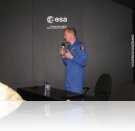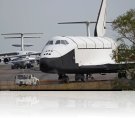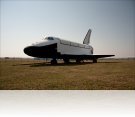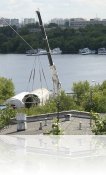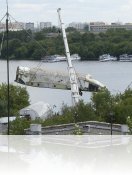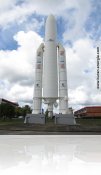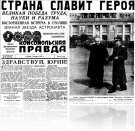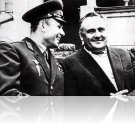
From 20 to 26 June at Le Bourget airport stand the international air show of Le Bourget.
I went there the whole tuesday and was mainly interested by the space stands.
Unfortunately this edition doesn’t excel in the space domain. Indeed, the NASA has no stand, the JAXA (Japan space agency) shows only it’s supersonic jet, the ESA shows us some Europe pictures made from SPOT, and the Russian stand of ROSCOSMOS went with their regular mock-ups.
The ESA presents us some informations about the capsule iXV (Intermediate eXperimental Vehicle) which seems to be a new test bench for manned or unmanned (cargo) spacecraft.
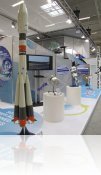
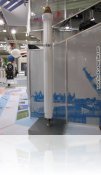
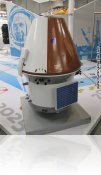
On the Russian stand only a mock-up of the new capsule ACTS (developped by RKK Energia) to replace the Soyuz spacecraft is the only news. But this project is in it’s conception phase and computer simulation, it was difficult to know more, and what is its position in comparison of the Soyuz, what launcher will be used, a Soyuz, a Zenit?
About the air show the troubles of Airbus vitiated the European demonstration. The A380 without its wingtip couldn’t flight and the engines of the A400M allows him only to do « normal » passes. At last, the now usual, absence of Russian fighters hedged the air demonstrations.
But some planes on the ground need to be seen, like the C-5 Galaxy, the A-300 Zero G or the solar plane « Solar Impulse ».
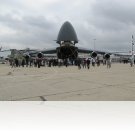
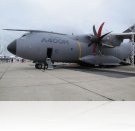
The lack of real novelty in the space those past times perfectly reflected in this edition, but the presence of some European astronauts at the ESA/CNES stands allow, to the space exploration enthusiasts, to be comforted.
Update:
Finally the A380 could be repaired quickly during the week, here are some pictures of its flight demonstration:



The patrouille de France:



Conference with the Belgian astronaute Franck De Winne:
